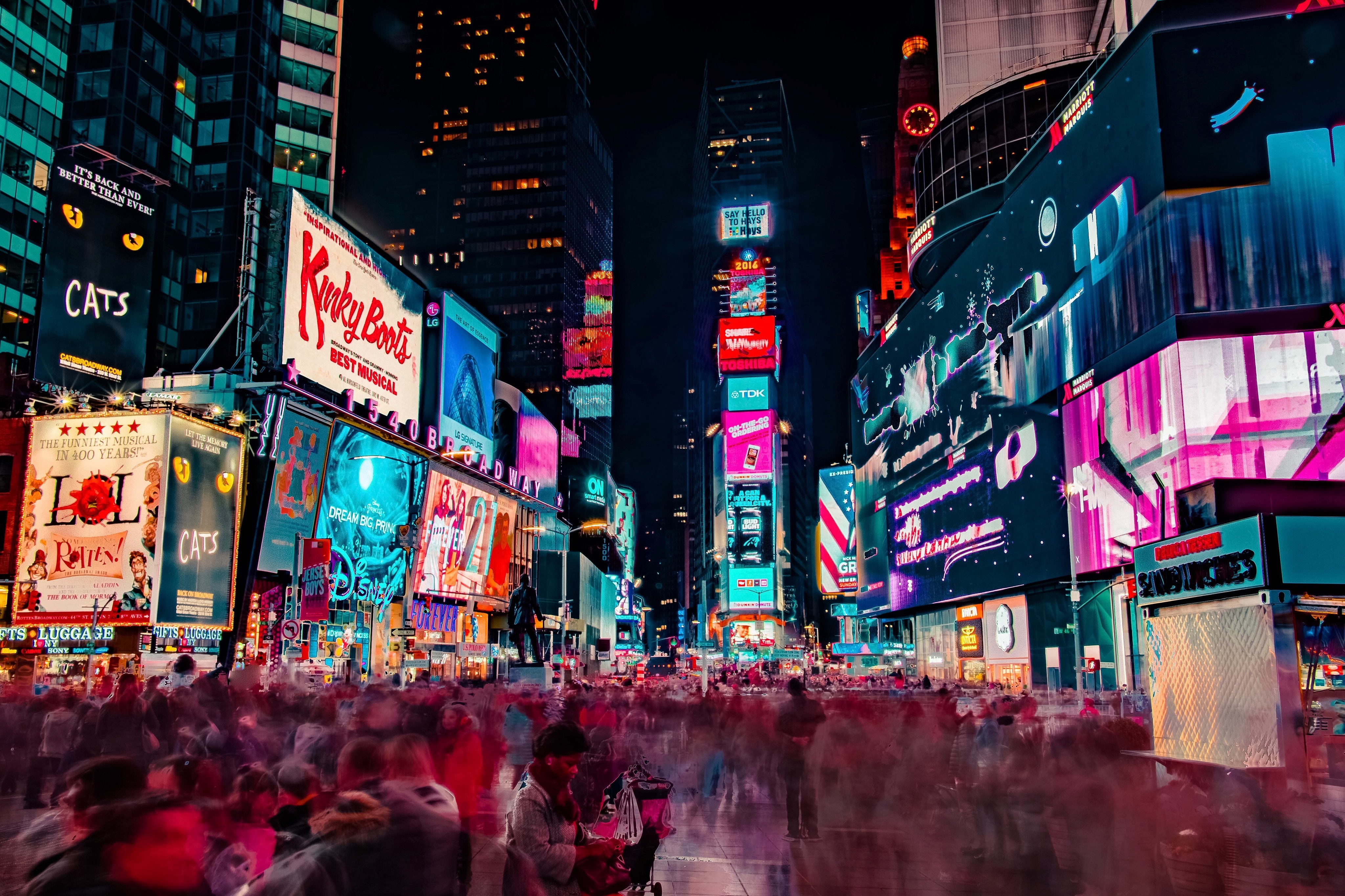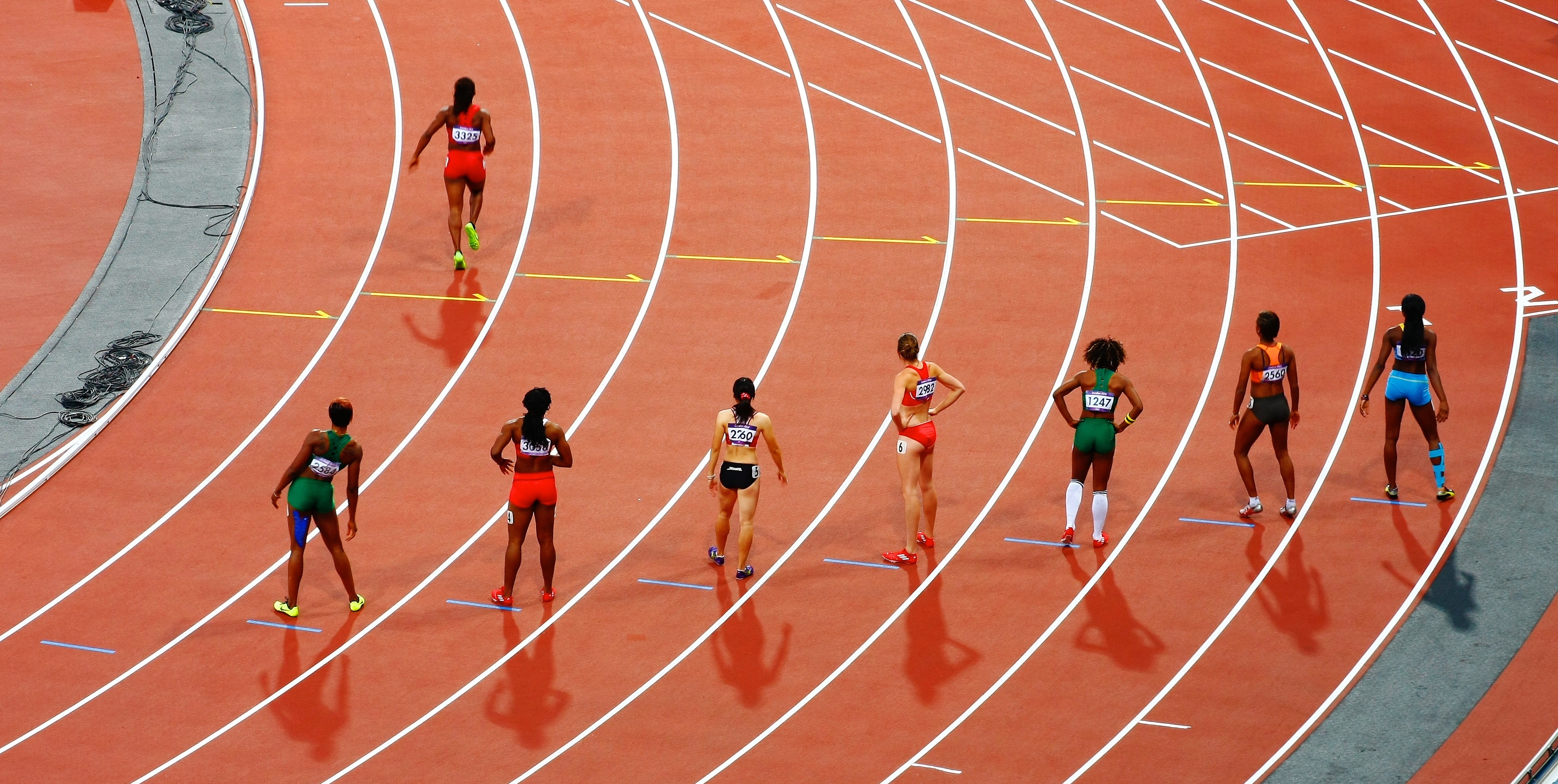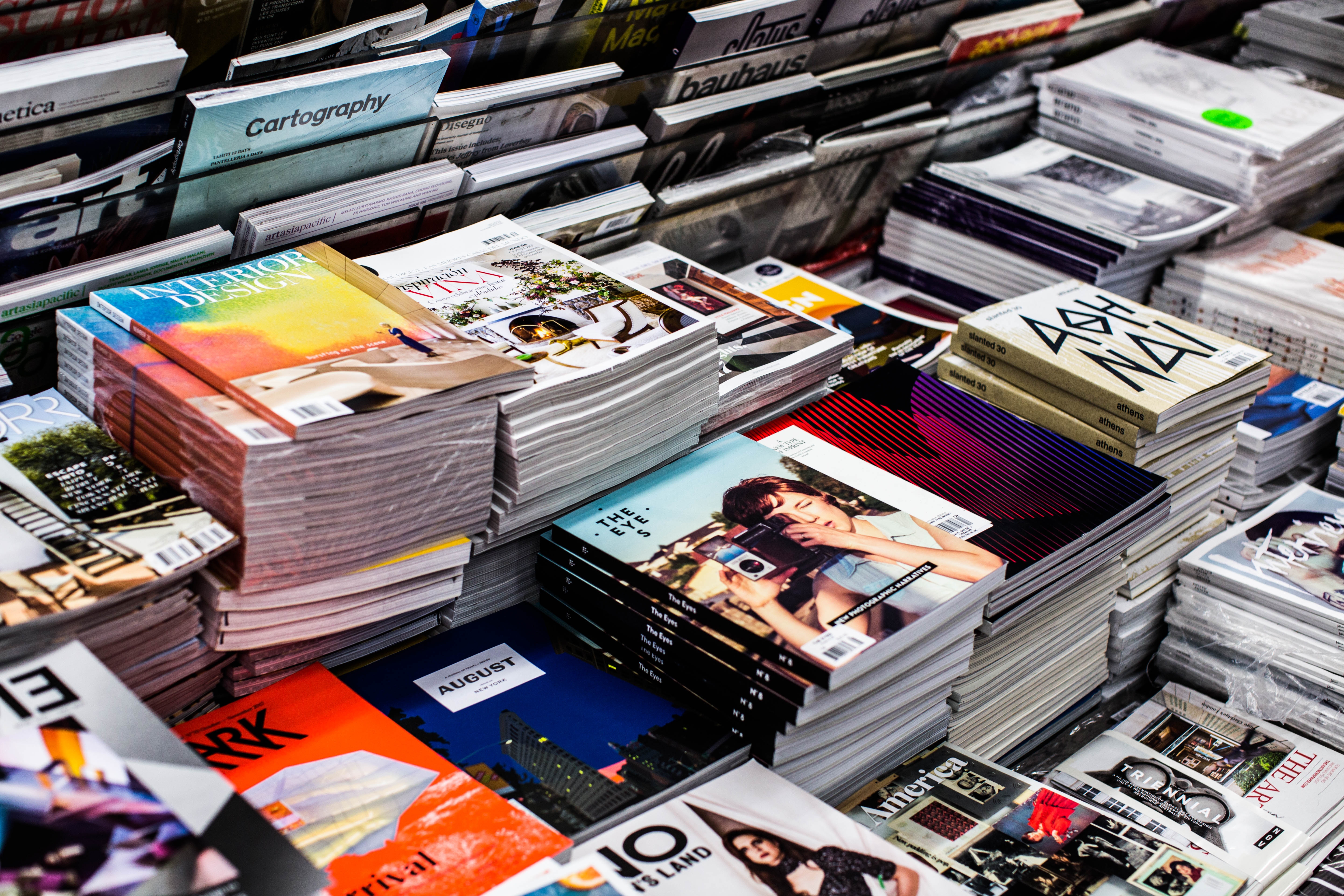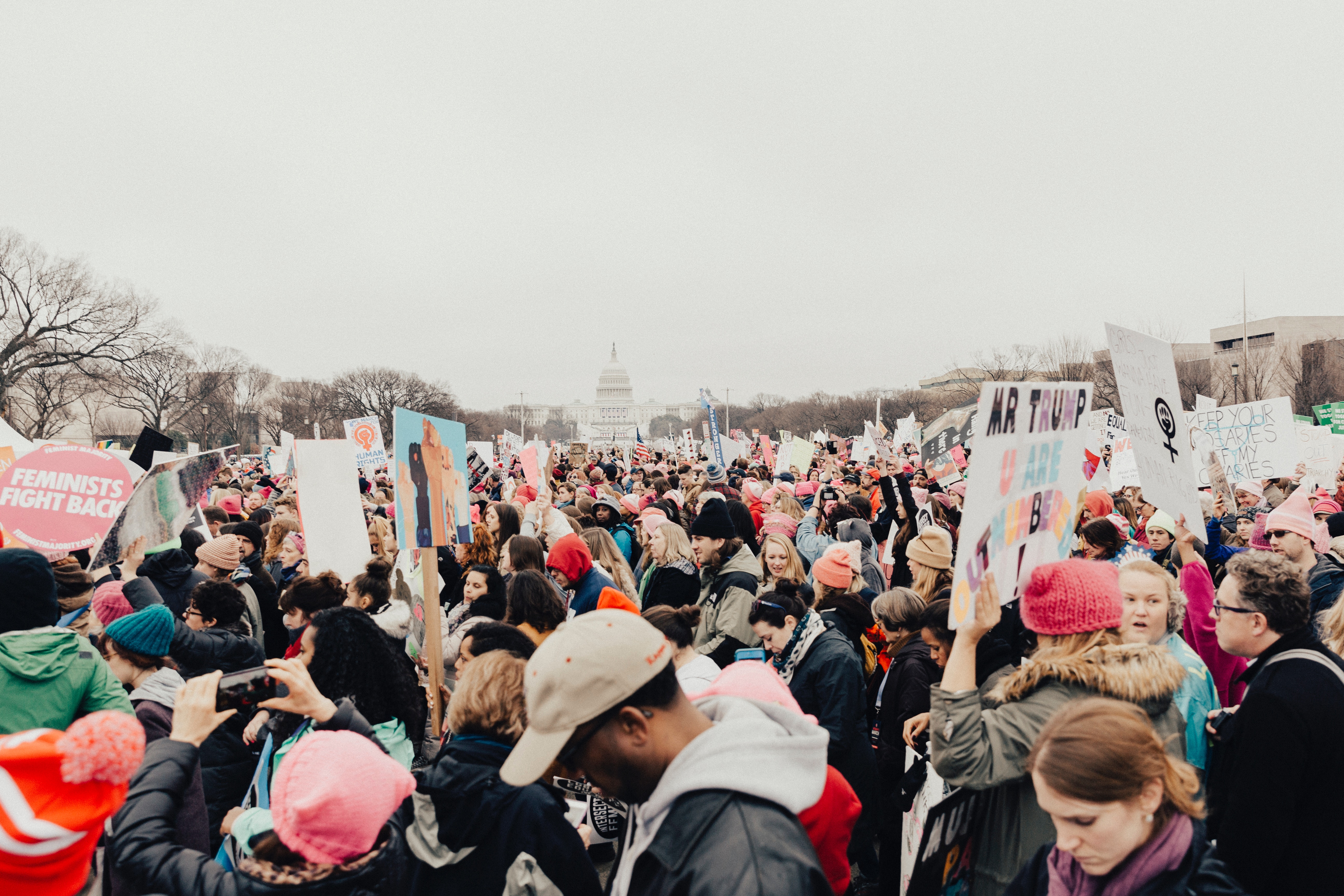Hi readers,
How conscious are you of the messages, images and ideologies you’re exposing yourself to on a day-to-day basis, and how those are impacting your well-being? I know for me, the answer is often not enough.
In today’s world in particular, with the internet occupying so much of our time and attention, we are constantly bombarded with text and imagery; whether it’s someone projecting a version of self on social media, a brand trying to sell us an idealized version of our bodies, or a leader attempting to garner political approval. But how much is it truly affecting us, beyond our conscious awareness, to be so constantly surrounded by these ideas?

In his book Blink, Malcolm Gladwell discusses taking the Implicit Association test – a psychological test designed to uncover unconscious attitudes and associations – and being shocked to find that, as a half-black man, he showed an automatic racial preference for white people. As Gladwell says:
“Our attitudes towards race and gender operate on two levels. First of all, we have our conscious level. These are what we choose to believe … But the IAT measures something else, our attitude toward racism on an unconscious level. The immediate, automatic associations that tumble out before we have had time to think. We do not deliberately choose our unconscious attitudes . . . [and] we may not even be aware of them. The giant computer that is our subconscious silently crunches all the data it has from all the experiences we’ve had, the people we’ve met, the lessons we’ve learned, the books we’ve read, the movies we’ve seen . . .and it forms an opinion.”
Gladwell describes taking the test again and again, trying his hardest to improve his results, but to no avail. As it turns out, he is not capable of consciously altering values that have been built subconsciously. But then, one day, something happens. He takes the test after spending the morning watching the summer Olympics, and suddenly, his results show less prejudice. After watching people of colour excelling in sports – and thereby unconsciously absorbing a positive representation of them – his embedded bias shifts slightly. With this result, Gladwell demonstrates an important lesson: ideas and habits are often not developed through a rational process of conscious control, but rather through the millions of tiny interactions we have with our environment everyday.

With this lesson in mind, what types of messages are we internalizing from our environments without our conscious permission? For me, as someone who is currently undertaking a research project around female objectification in the media, the area which intrigues me the most is messages around appearance and body image and how much that affects my self-concept and how I move through the world.
It can be easy to look through a fashion magazine and think that because you’re a feminist who is enlightened around the power of makeup and photoshop, you’re above being influenced by the types of bodies being represented. I tend to think, however, that those kinds of ideas are giving the consumer too much credit. We may know images are false on a conscious level, but when we are constantly seeing a certain kind of body, that can’t help but shape the way we perceive bodies in general.
In her book Face Value: The Hidden Ways Beauty Shapes Women’s Lives, Autumn Whitefield-Madrano contemplates the change in behaviour she noticed when switching from years working for beauty magazines to working for a financial magazine. She explains:
I kept an eye on my savings account. No, I kept a microscope on my savings account. I went from looking at my balance every month or so, just to make sure things were as they should be, to checking it daily. Sometimes multiple times a day. It wasn’t a conscious decision. It was just that midway through an article on long-term savings, I’d have an irrepressible urge to peer at my own numbers to make sure nothing had changed in the past eighteen hours … Immersing myself in personal finance materials for eight hours a day for only a few weeks had done something to me … It was a blip on my personal radar, nothing more – until I placed it in the context of my whole career, so much of it spent working in women’s magazines. Maybe what I’d spent the past ten years reading had done something to me too.

Shortly after reading this, I tried a small experiment of my own and deleted the app Instagram off of my phone. While I would like to think I’m a critical enough consumer of media to not let what I see on social media make me feel bad about myself, when I stopped scrolling through perfectly curated photos of others’ lives everyday, I felt as if a certain weight had been lifted from my shoulders. I also realized that the beauty of social media and the internet is that, even though there is such a huge proliferation of information, we have an increased level of choice surrounding what we do and don’t consume. I may not be able to control what is on that billboard I pass on the way to work, but I can control whether I follow a certain person or download a certain app.
Paying attention to what we consume and how it affects us has incredibly wide-ranging ramifications for our lives. Another area in which this is particularly salient at the moment is the news and political media. As someone who likes to be updated on current events, I find myself spending a lot of time scrolling through increasingly bleak articles on political polarization, racism, mass shootings, and more. I often leave these news sites with a feeling of heaviness and despair at the state of the world, which can permeate my consciousness and taint my appreciation for my own life and the things that I enjoy.
This represents a conundrum for me. It seems irresponsible to simply cut myself off from current events stories because they make me feel uncomfortable and sad. I think it’s important to be educated and informed, and learning about what others in the world are going through increases empathy and understanding. Unlike idealized bodies on Instagram, I don’t think I should just ignore the existence of refugees and victims of violence. How can this be done, however, while still enacting boundaries and practicing self-care?

Maybe the answer is not to stop exposing ourselves to these things altogether, but rather to wade through the entire process and its aftermath attuned to everything we’re feeling. More recently, when I see or read something and find negativity arising, rather than letting it fester and moving along, I stop and confront it head-on. If I can take a second to say to myself, what is it I’m feeling right now? What ideas and assumptions are these feelings based on? And is this something that is truly worthy of my attention – should I accept and indulge what I’m feeling, or cast it aside and move on unhindered by it?
It’s a delicate balance deciding what to take in and what to shut out. I’m all for resisting the urge to barricade yourself off from everything that makes you uncomfortable, as I do feel that diversity of opinion and information helps one grow. However, humans are – to borrow a term from neuroscience – “plastic”: we bend and are shaped according to what we take in day in and day out. And being aware of exactly what it is you’re allowing to infiltrate your mind and develop your person can be incredibly important for protecting your well-being.
What about you, readers? In what ways do you notice the information you take in affecting you?
Thanks for reading!
Jocelyn
The views expressed in this blog are my own, and do not necessarily reflect the policies or views of the University of Victoria. I monitor posts and comments to ensure all content complies with the University of Victoria Guidelines on Blogging.

This was very informative and helpful to me. Thank you for writing this. I deeply appreciate it.